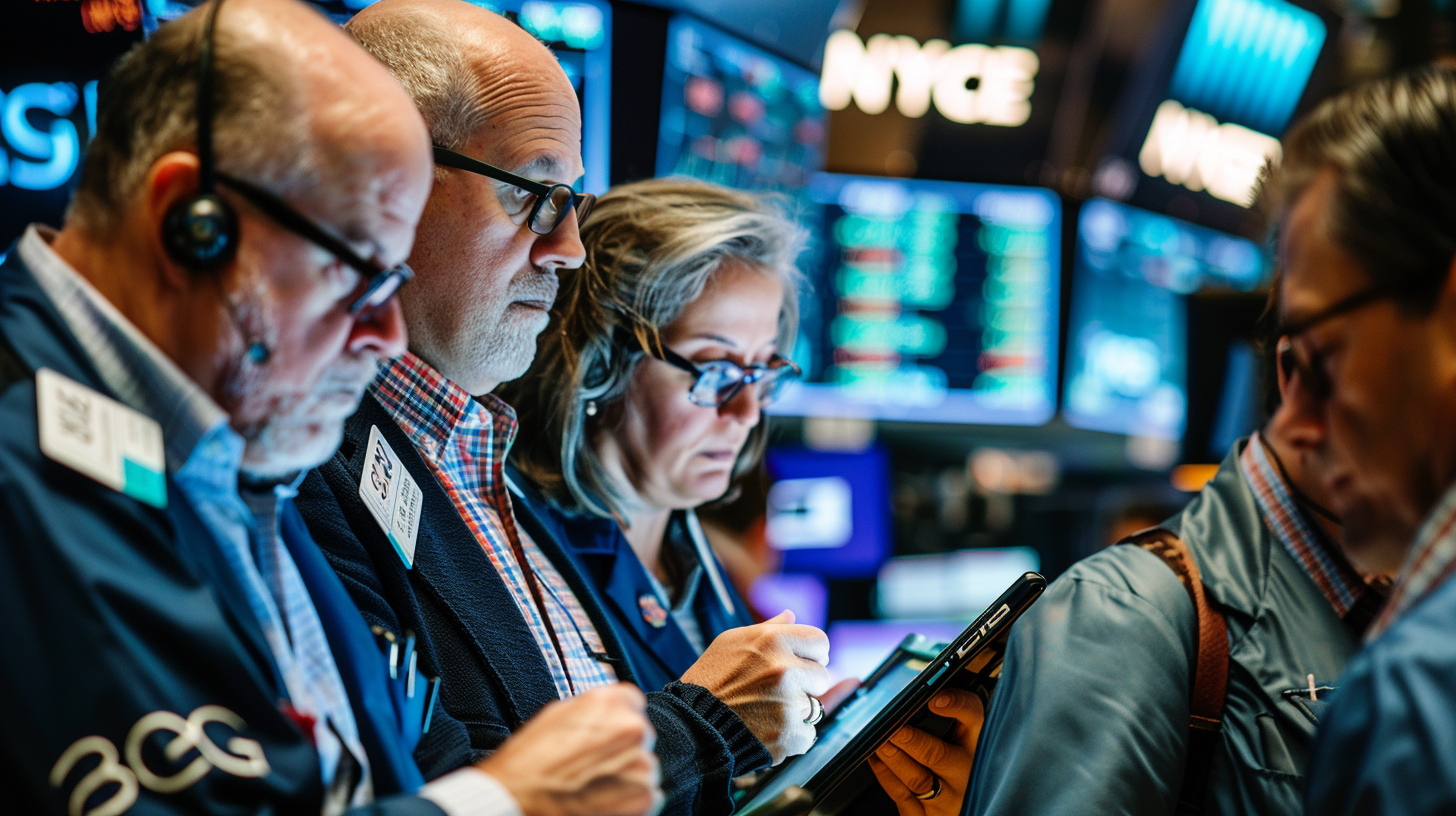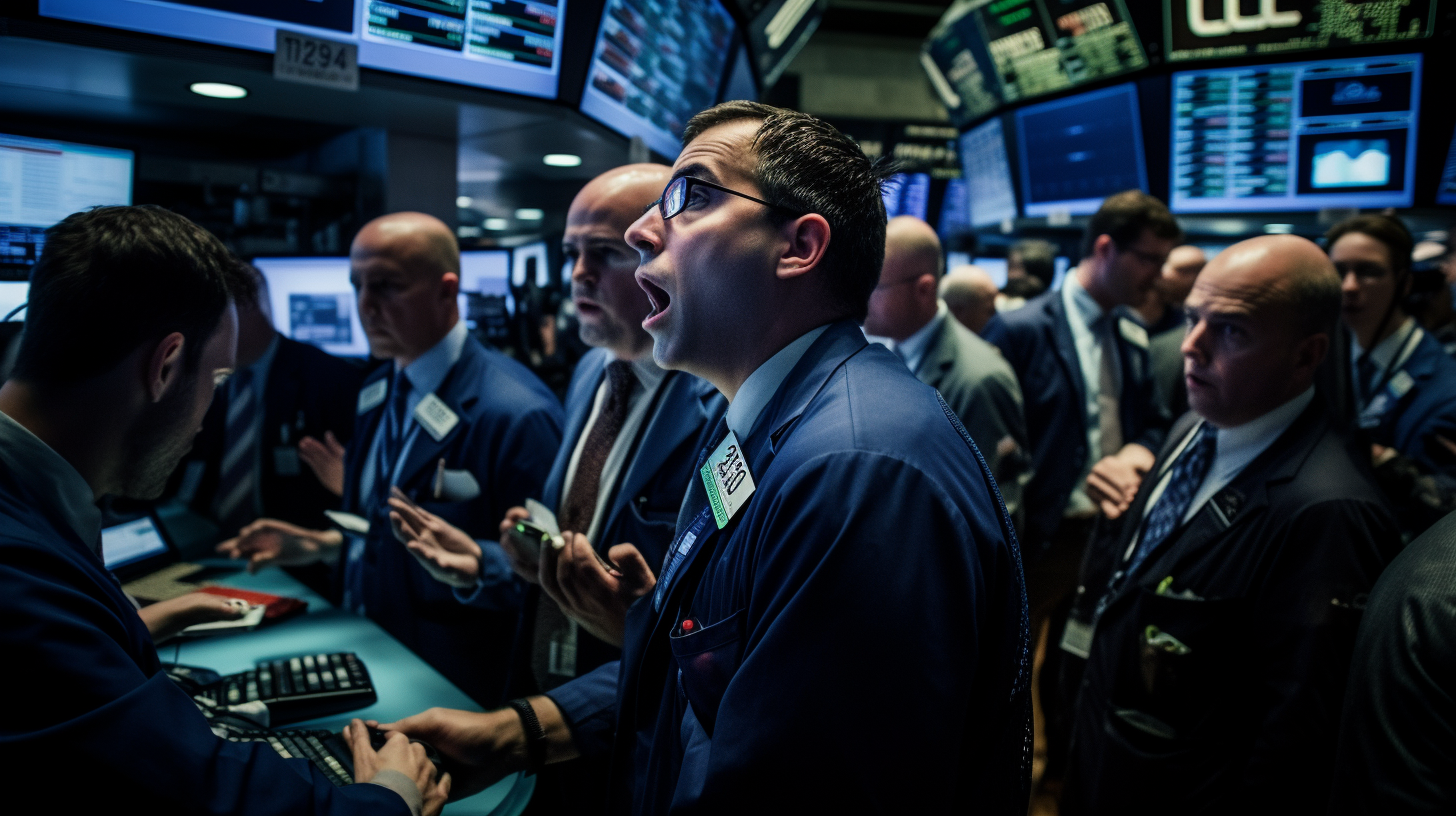U.S. equity funds faced significant withdrawals last week as investors rushed to lock in profits following a powerful rally fueled by the Federal Reserve’s policy shift. According to LSEG Lipper data, equity funds saw $43.19 billion in outflows in the week ending September 17, marking the largest withdrawal since December 2024.
The selloff came just as the S&P 500 surged to a record 6,656.8, representing a nearly 38% climb from its April 2024 low of 4,835. The sharp rally, combined with stretched valuations, prompted investors to reallocate capital to safer assets. Market watchers noted that forward price-to-earnings ratios for the index are now sitting at levels rarely seen over the past two decades, making equities vulnerable to profit-taking and potential volatility.
Large-cap funds bore the brunt of the outflows, shedding $34.19 billion in the week — the biggest drawdown since at least 2020. Mid-cap funds also recorded $1.58 billion in redemptions, while small-cap funds bucked the trend with a modest $50 million in inflows. Sector funds were not spared either, with technology-focused vehicles suffering $2.84 billion in withdrawals, contributing to a net $1.24 billion outflow across all sectors.
While equities stumbled, fixed income funds continued to attract investor attention. U.S. bond funds saw $7.33 billion in fresh inflows, extending their streak to 22 consecutive weeks. Short-to-intermediate investment-grade funds led the way, alongside general domestic taxable fixed income products and municipal debt funds, which all posted over $1 billion in gains.
Meanwhile, money market funds experienced a sharp reversal. After three straight weeks of net inflows, investors pulled $23.65 billion, suggesting a shift away from cash holdings as capital moved into bonds and other yield-generating instruments.
The rotation underscores two structural themes shaping markets this fall: heightened caution on overextended equity valuations and a renewed appetite for fixed income as investors prepare for a more dovish Federal Reserve in the months ahead. With rate cuts expected to continue, bond yields remain attractive compared to the perceived risks of chasing equities at record highs.
This move comes just days after the Russell 2000 hit a record high, signaling shifting dynamics between large- and small-cap stocks. However, the latest flow data suggests that, despite optimism about monetary policy, many investors prefer to secure recent gains rather than risk a pullback.
The coming weeks will be pivotal as markets digest the Fed’s updated economic projections and policy guidance. Whether the current profit-taking proves temporary or marks the beginning of a broader correction may depend on how quickly earnings growth can catch up with elevated valuations.








